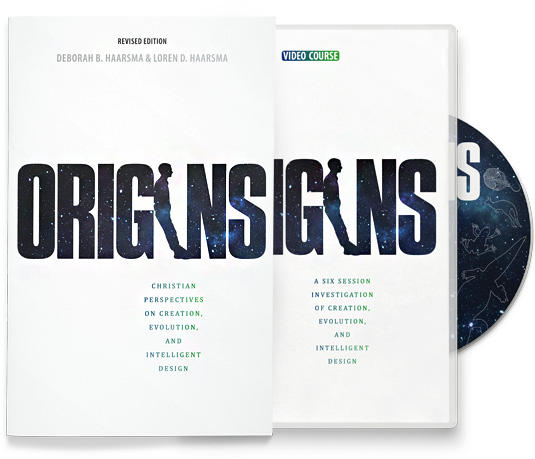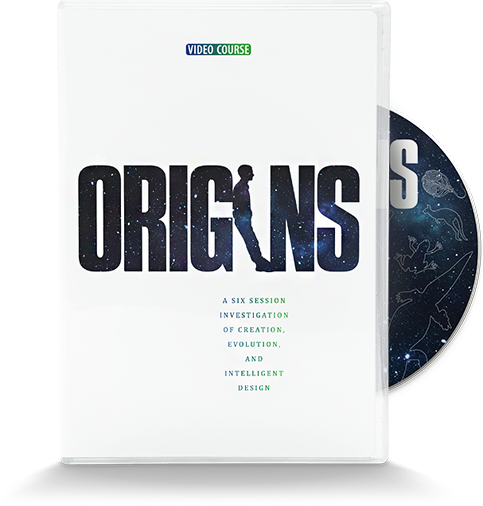But What About . . . ?
Articles
The Next Hot Issue
– Some advice for dealing with issues (besides origins) where science and Christianity intersect.
Questions Christians Ask Regarding Interpreting Scripture
1. Since the Bible tells us how God made the world, why do we need to listen to science?
2. Haven’t Christians always believed in a young earth and a six-day creation?
3. Is it ever appropriate to change one’s interpretation of Scripture to match science?
4. Isn’t a non-literal interpretation of Genesis 1 just a slippery slope to denying the resurrection?
5. If Genesis 1 should be understood literally, what is the “firmament” created on day two?
6. Why didn’t God just tell us about the Big Bang and evolution in Genesis?
7. Is it better if we can make the events of Genesis 1 line up with what science says, or if the message of Genesis 1 is independent of what science says?
Questions Christians Ask Regarding Interpreting Nature
8. How strong is the evidence for an old earth? For evolution?
9. Are the Big Bang and evolution just beliefs promoted by atheists to get around God?
10. Are scientists biased against religion and against God?
11. How can scientists be sure about the Big Bang and evolution if no one was there to see them?
12. Is there any scientific evidence for a young earth?
13. Could God have created the earth recently and made it appear old?
14. Can the scientific evidence for an old earth also be made to fit a young earth model?
Questions Christians Ask Regarding the Goodness and Fall of Creation
15. An old earth would mean millions of years of animal pain and species extinction. Didn’t God create the world perfect at the beginning?
16. How could God call creation good if it included destruction, pain, and extinction?
17. Does evolution reward selfishness?
18. Did death exist before the Fall?
19. Does a non-literal view of Adam and Eve deny important doctrines about original sin and salvation?
Questions Christians Ask Regarding How God Works in Nature
20. Why would God use such a long, slow process when he could have created everything instantly?
21. How could it have all happened by chance?
22. If evolution is true, doesn’t God seem weak and uninvolved?
23. Does evolution imply that God doesn’t do miracles?
24. Shouldn’t there be some sort of proof in nature that God created it?
25. Would humans be less significant if God created us through common ancestry with animals rather than through special miracles?
26. How do I worship God if God used slow natural processes instead of miracles to create each animal and plant?
Questions Christians Ask Regarding How to Live in Unity While Still Disagreeing about the Particulars.
27. With all this disagreement in the church, what should I believe?
28. What should I teach my children?
29. How do I deal with disagreements about origins with my family and church members?
Recommended Resources
More about the goodness and fall of creation
Munday, John C. “Animal Pain: Beyond the Threshold?” Perspectives on an Evolving Creation.
Keith B. Miller, ed. Grand Rapids, Mich.: Wm. B. Eerdmans, 2003.
Snoke, David. “Why Were Dangerous Animals Created?” Perspectives on Science and Christian Faith,
Vol. 56, June 2004.
Yancey, Philip.
Where Is God When It Hurts?
Grand Rapids, Mich.: Zondervan, 1977, 1990, 2002.
More about being a Christian in science
American Scientific Affiliation
. This professional society for Christians in science has many useful resources from a range of viewpoints.
Bancewicz, Ruth.
Test of Faith: Spiritual Journeys of Scientists.
Wipf & Stock, 2010. Ten of today’s scientists discuss their Christian faith.
Graves, Dan.
Scientists of Faith: 48 Biographies of Historic Scientists and Their Christian Faith
. Kregel Publications, 1996.
Hearn, Walt.
Being a Christian in Science.
Downer’s Grove, Ill.: InterVarsity Press, 1997.
List of Christian scholarly societies
compiled by the Office of Faith Integration at Azusa Pacific University. This list includes several organizations of Christians in the sciences as well as other academic fields.
More on educating children and youth
Brouwer, Sigmund.
Who Made the Moon? A Father Explores How Faith and Science Agree
. Thomas Nelson, 2008.
See educational resources listed at end of Chapter 1.

